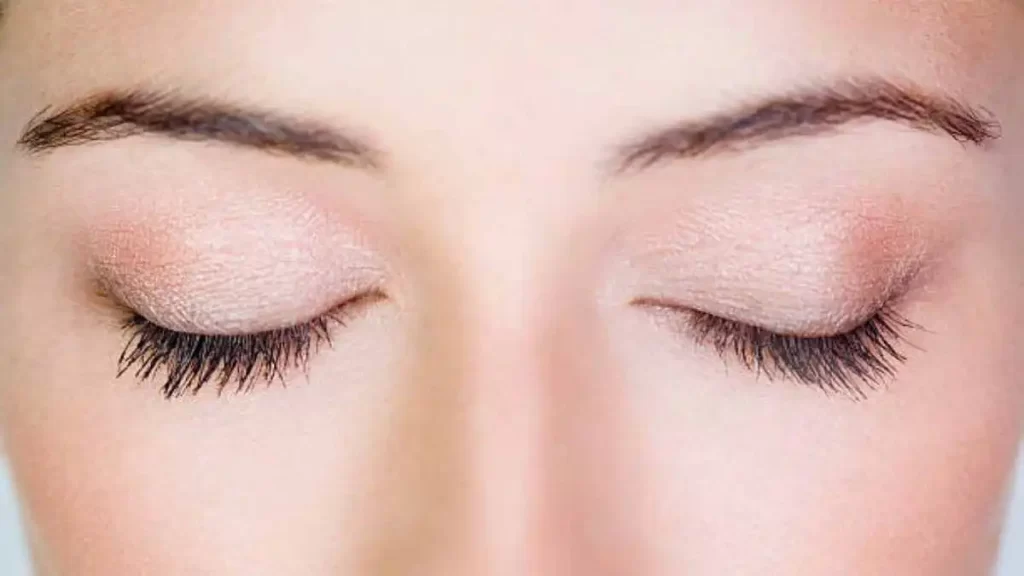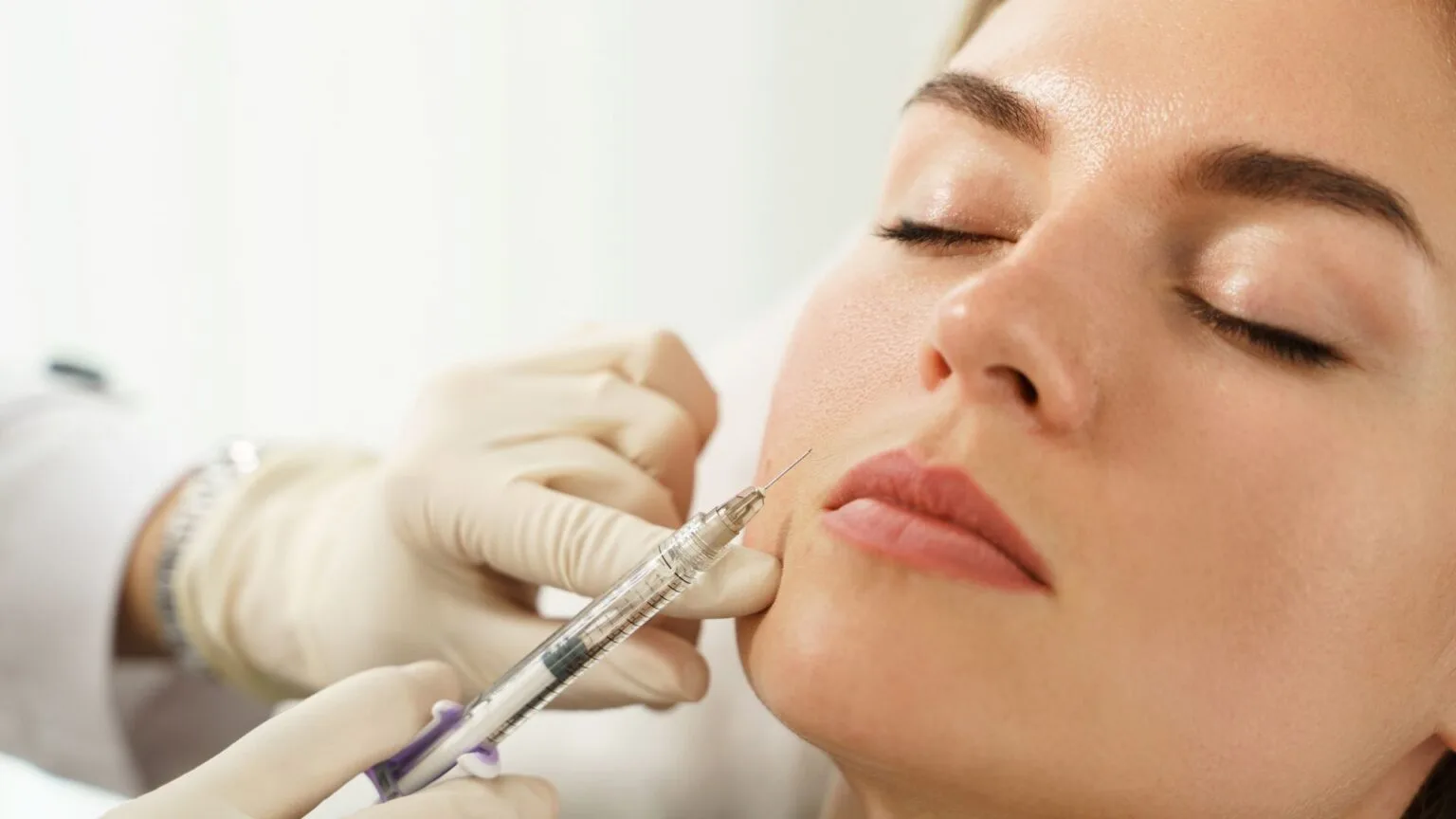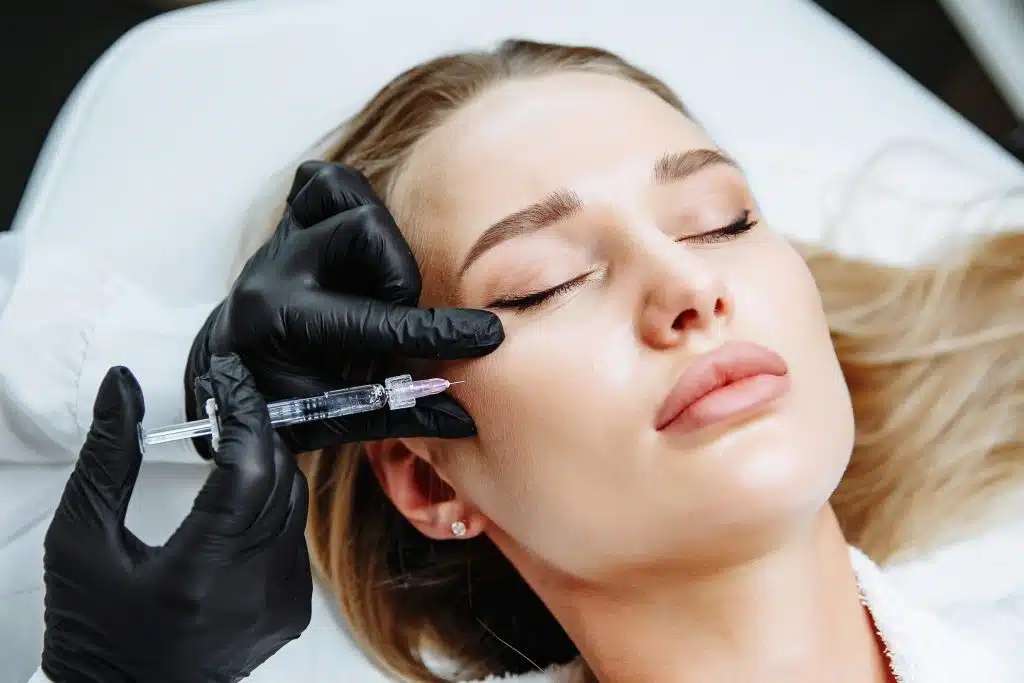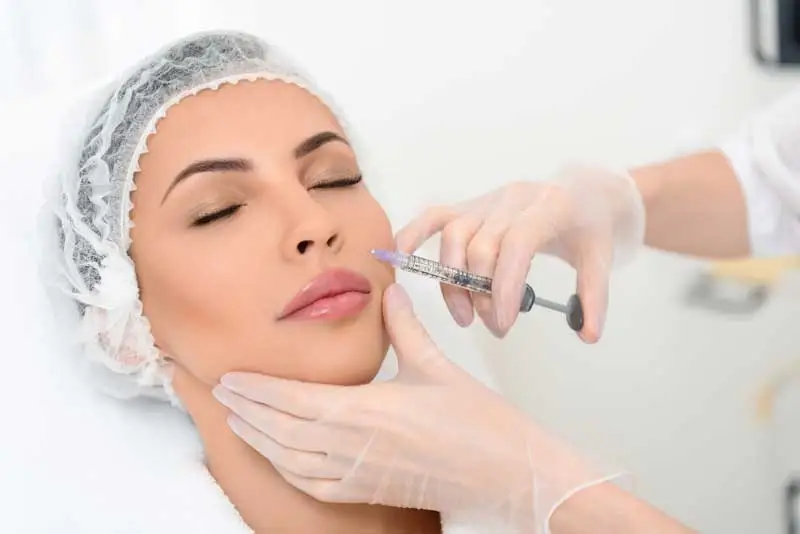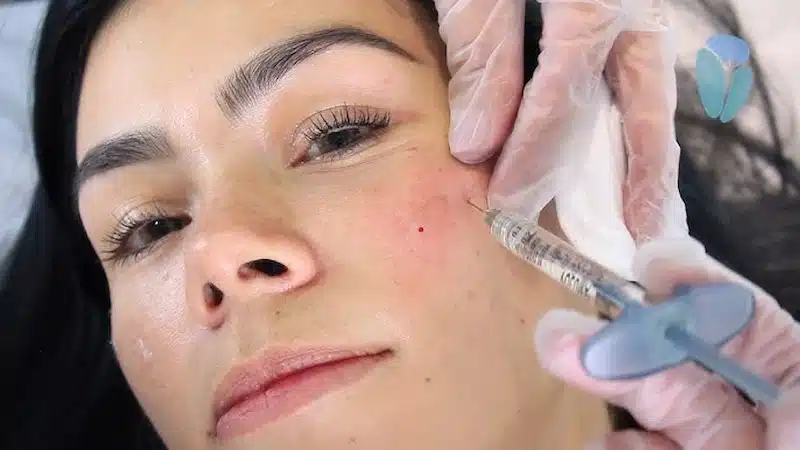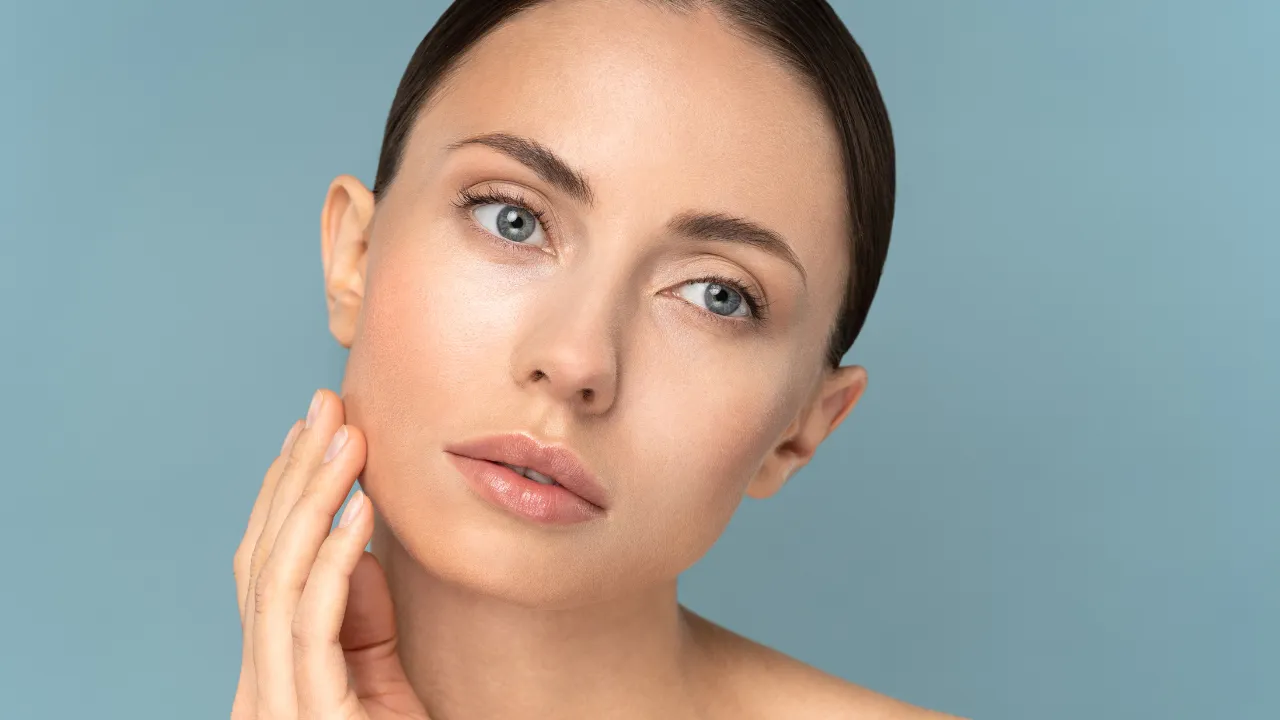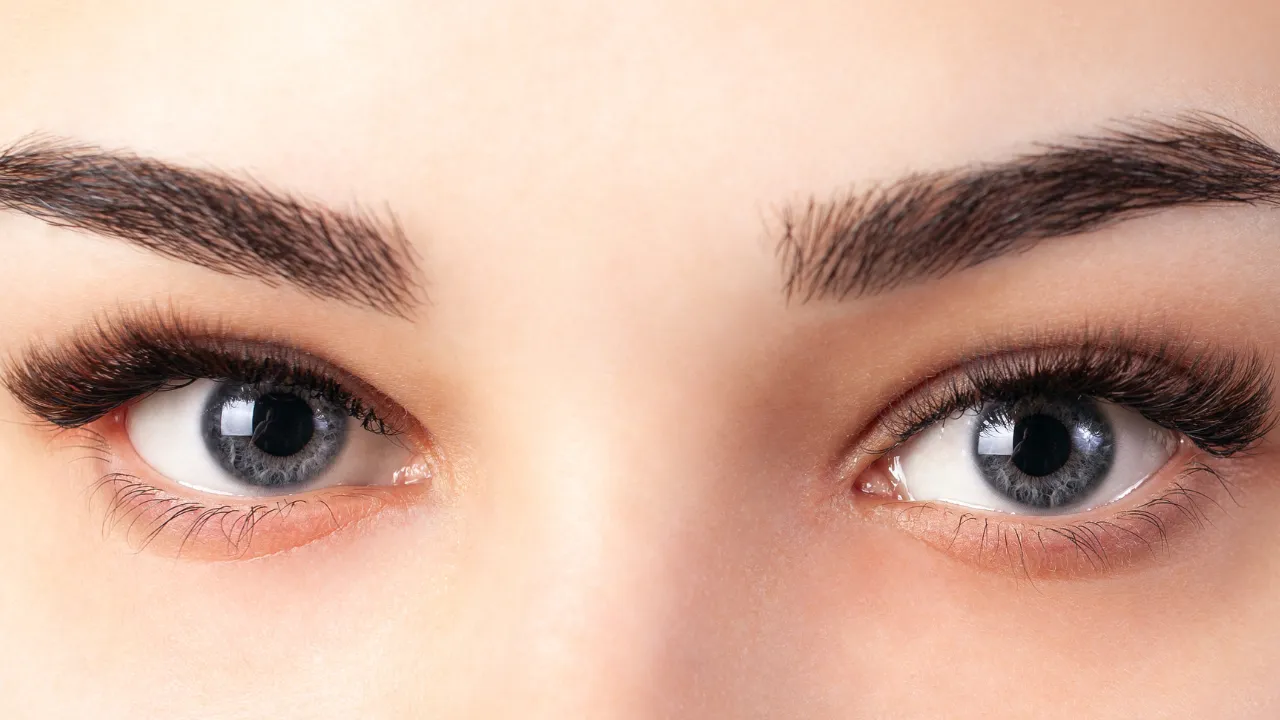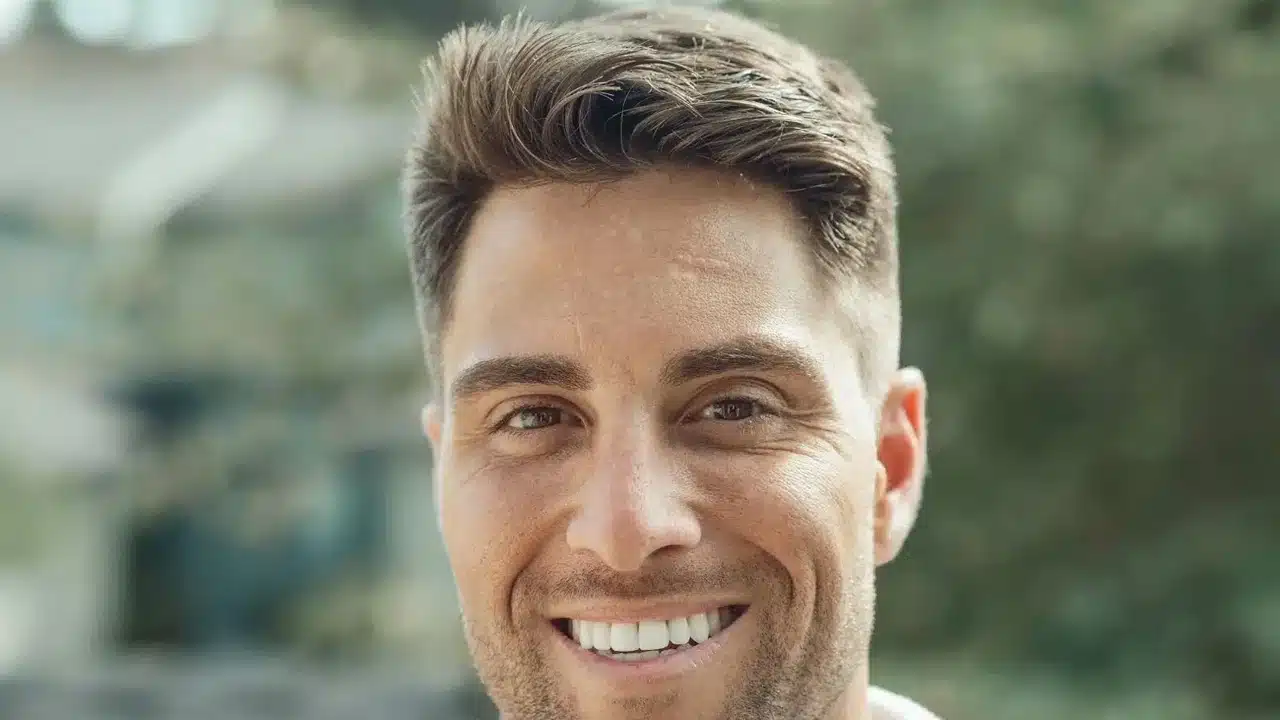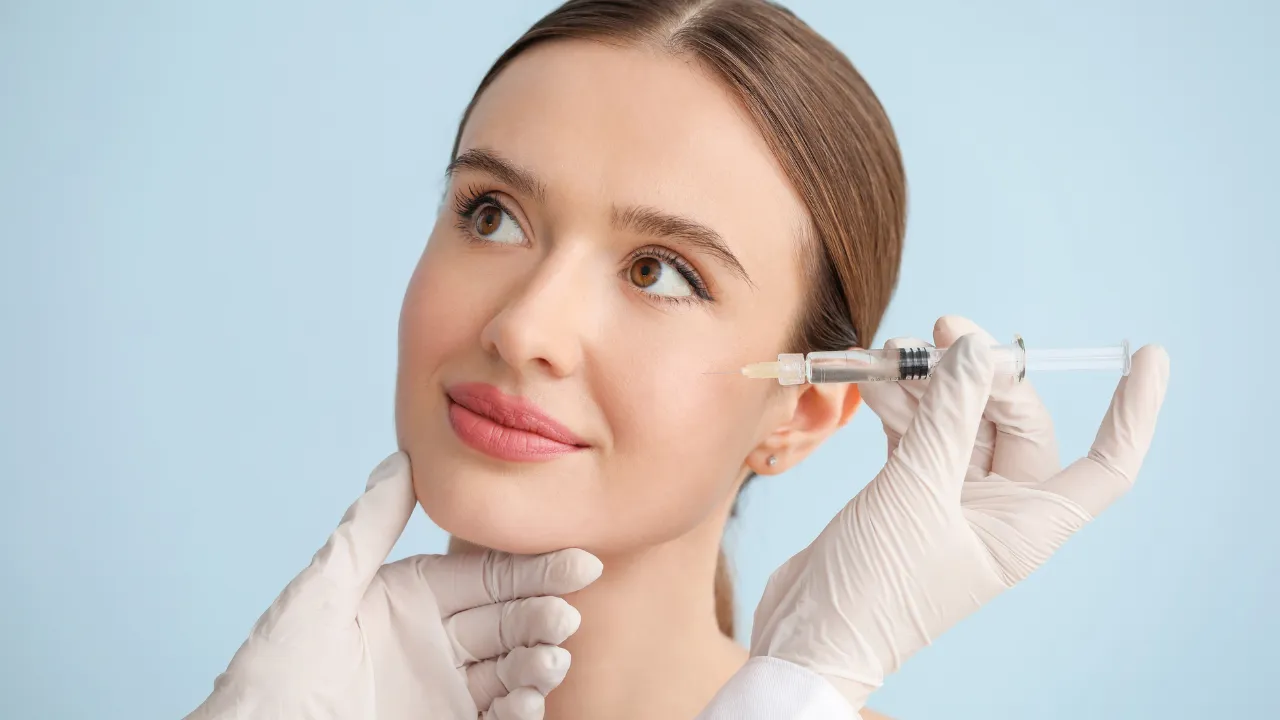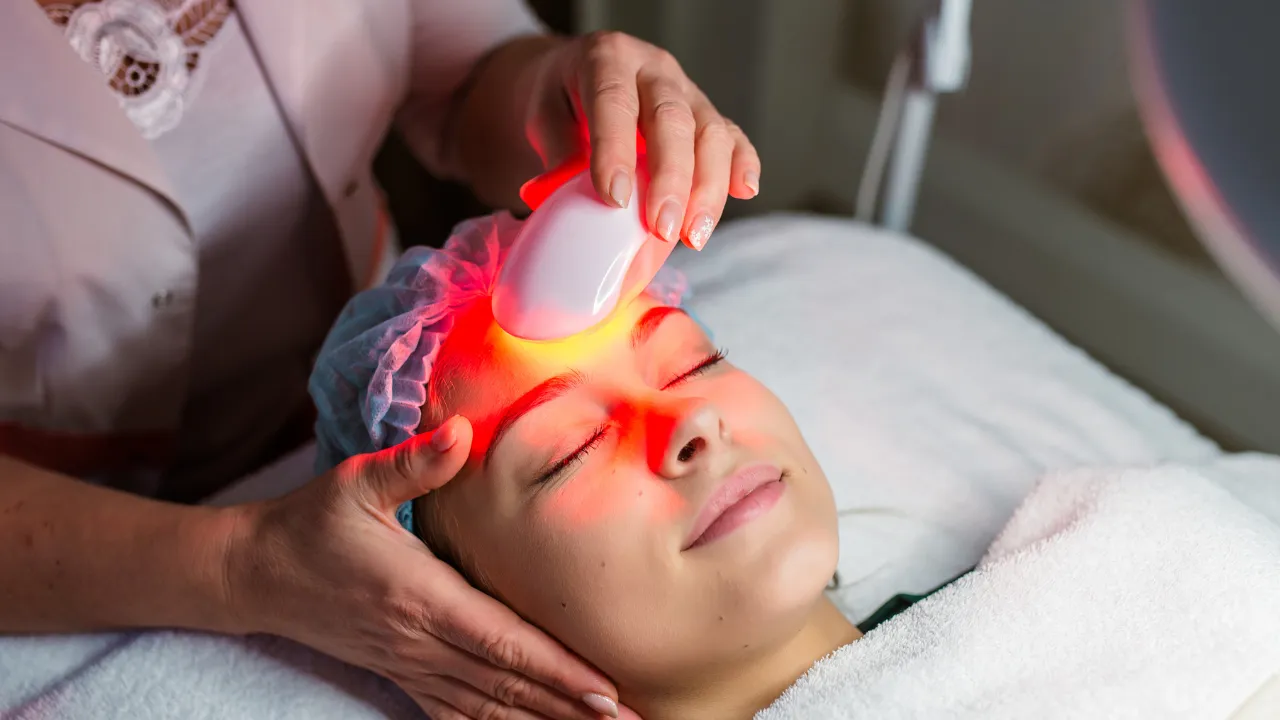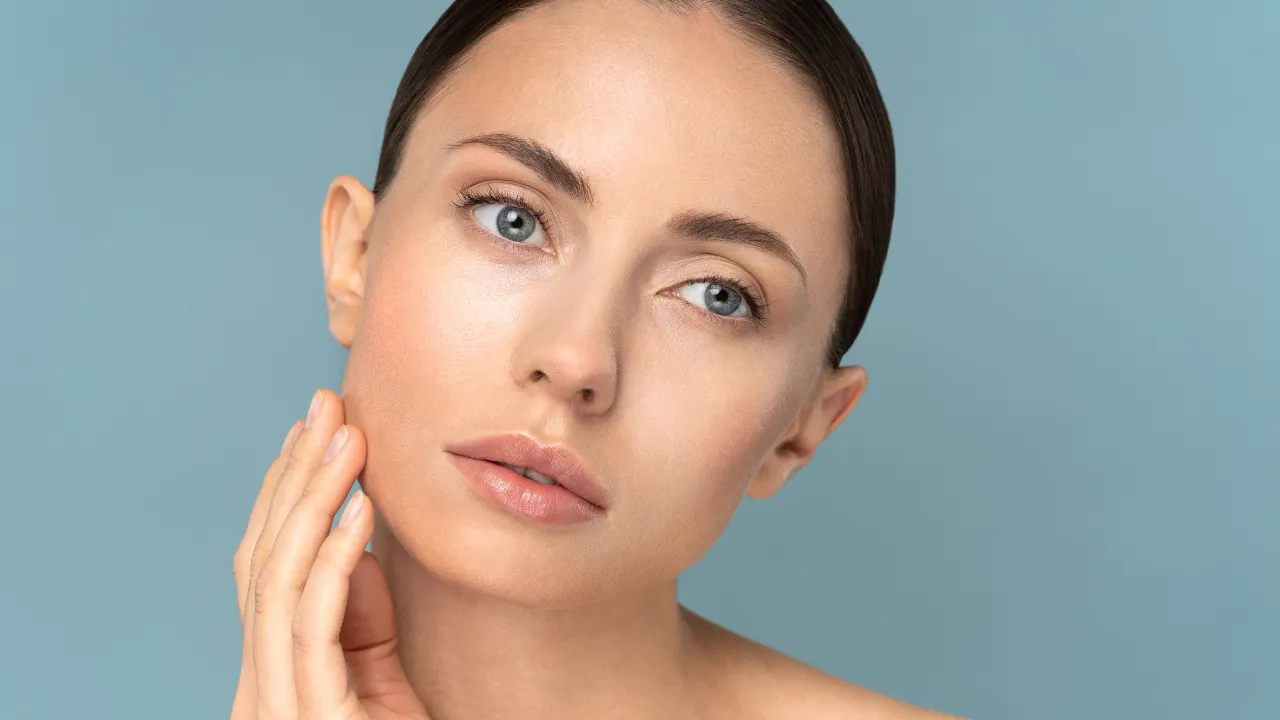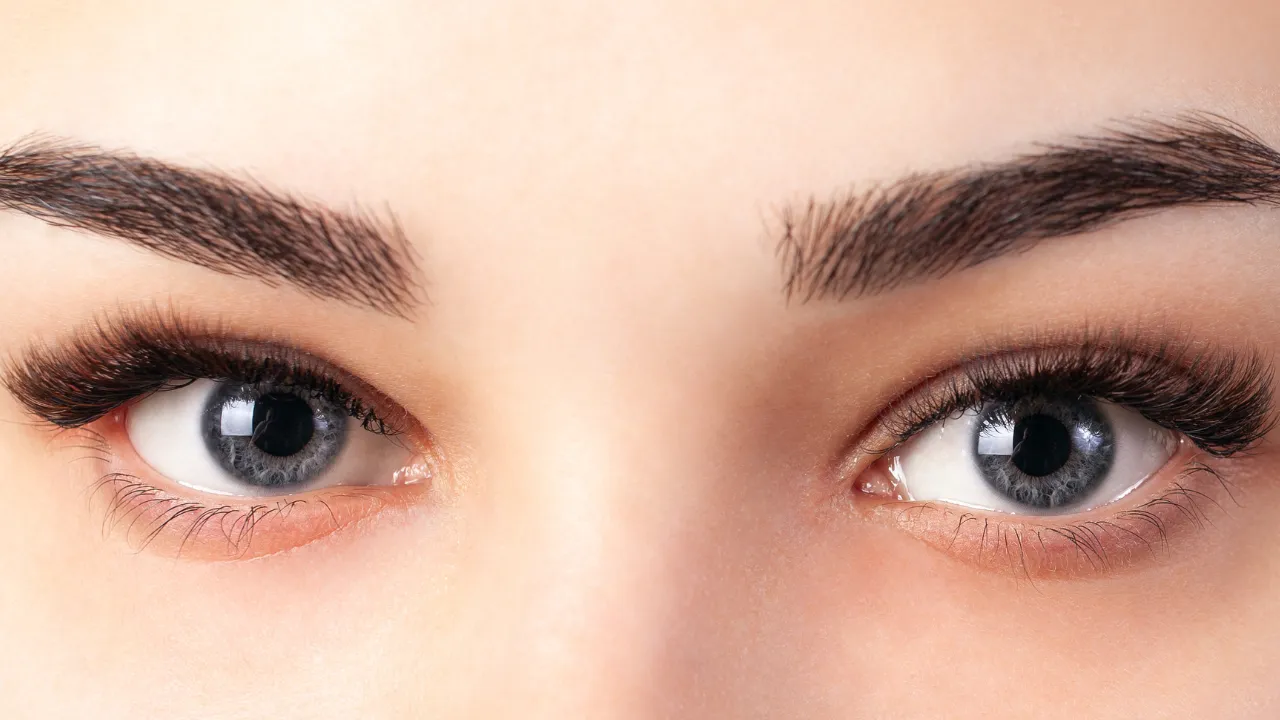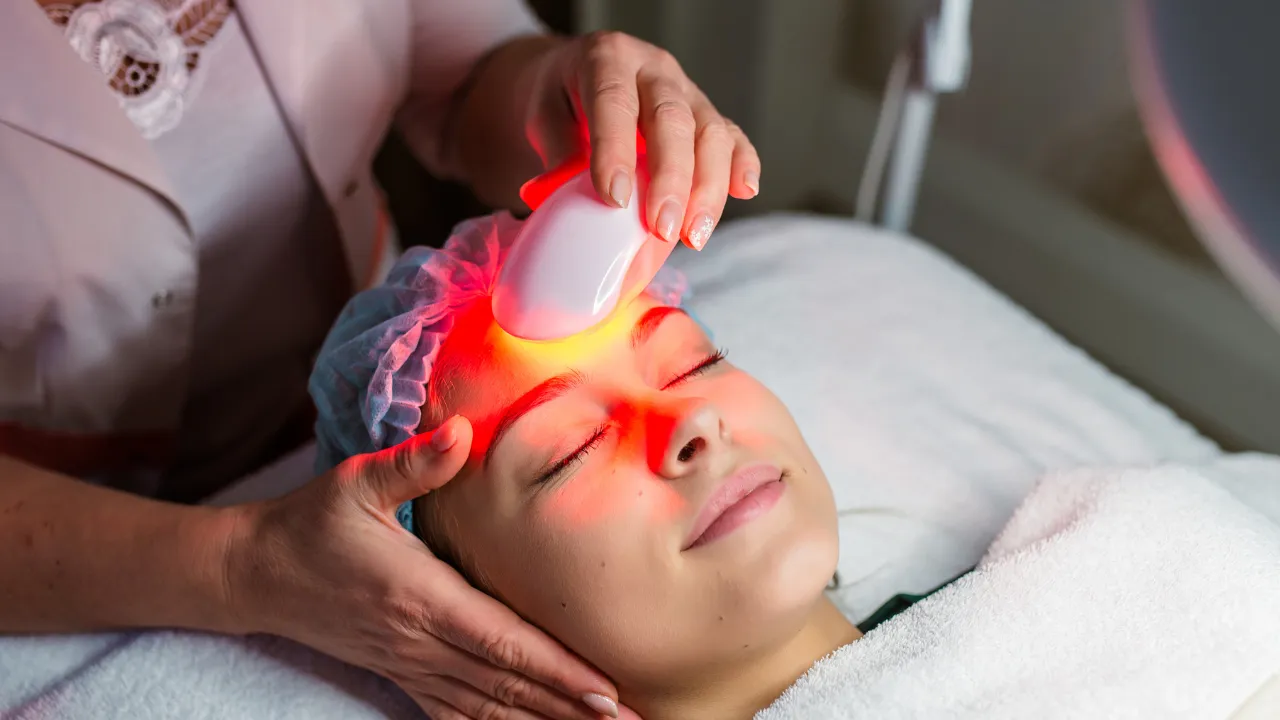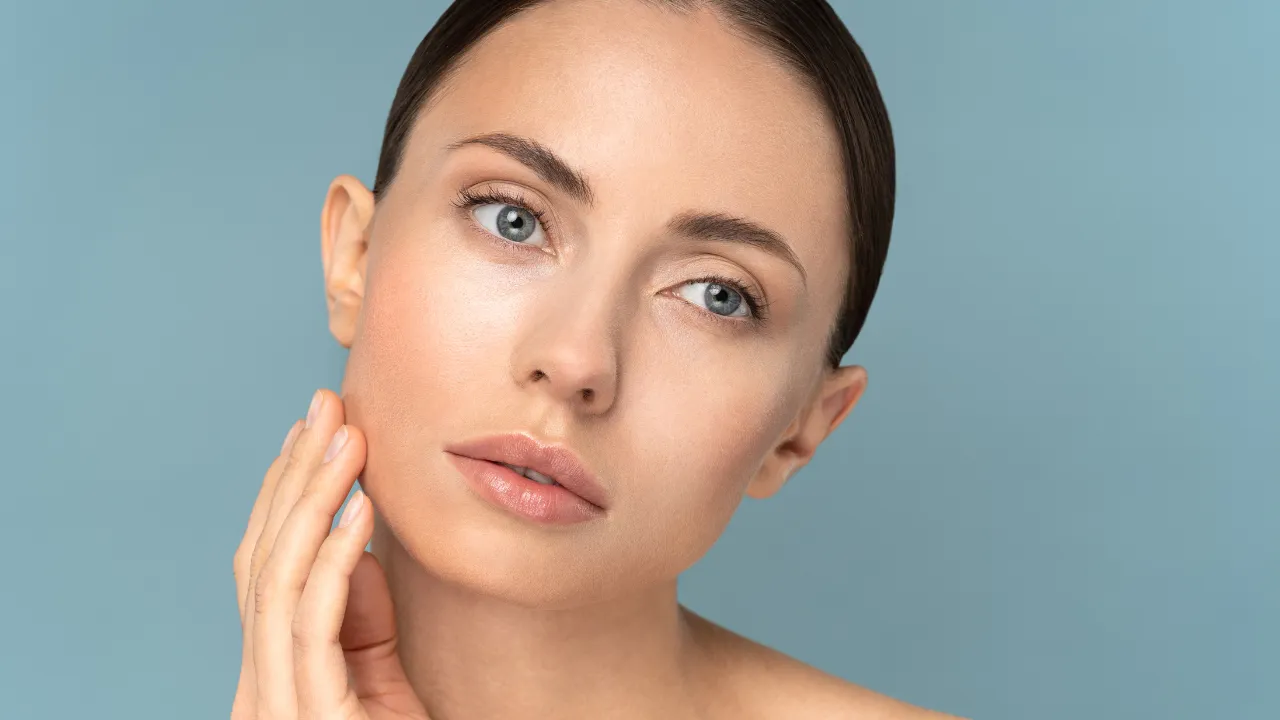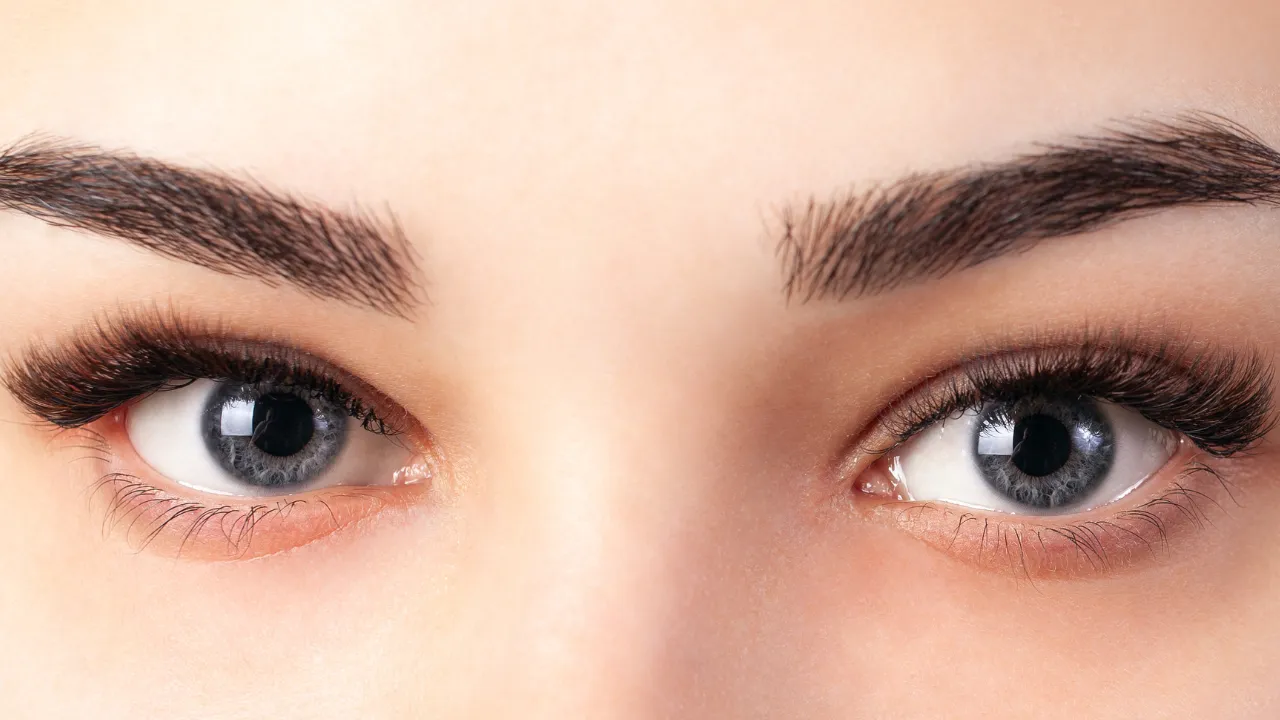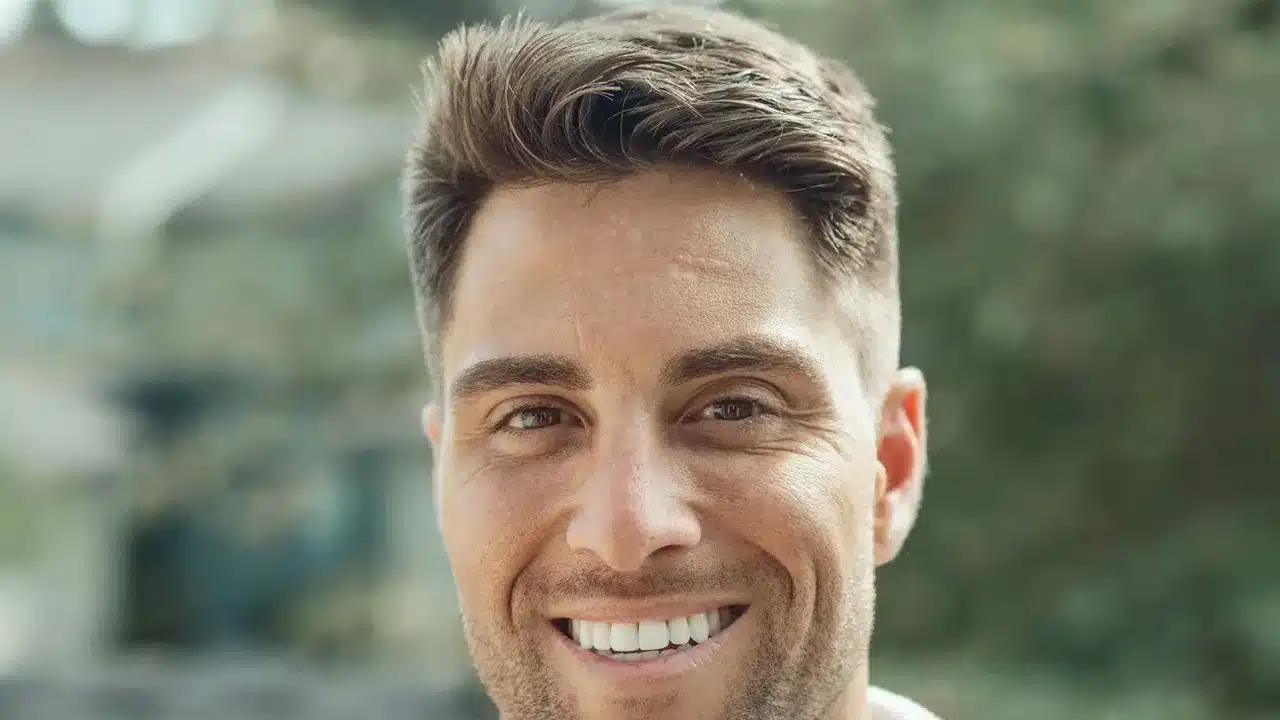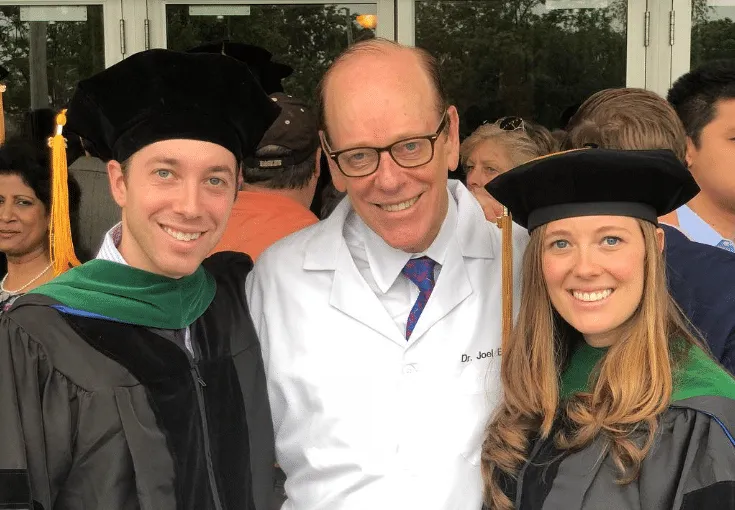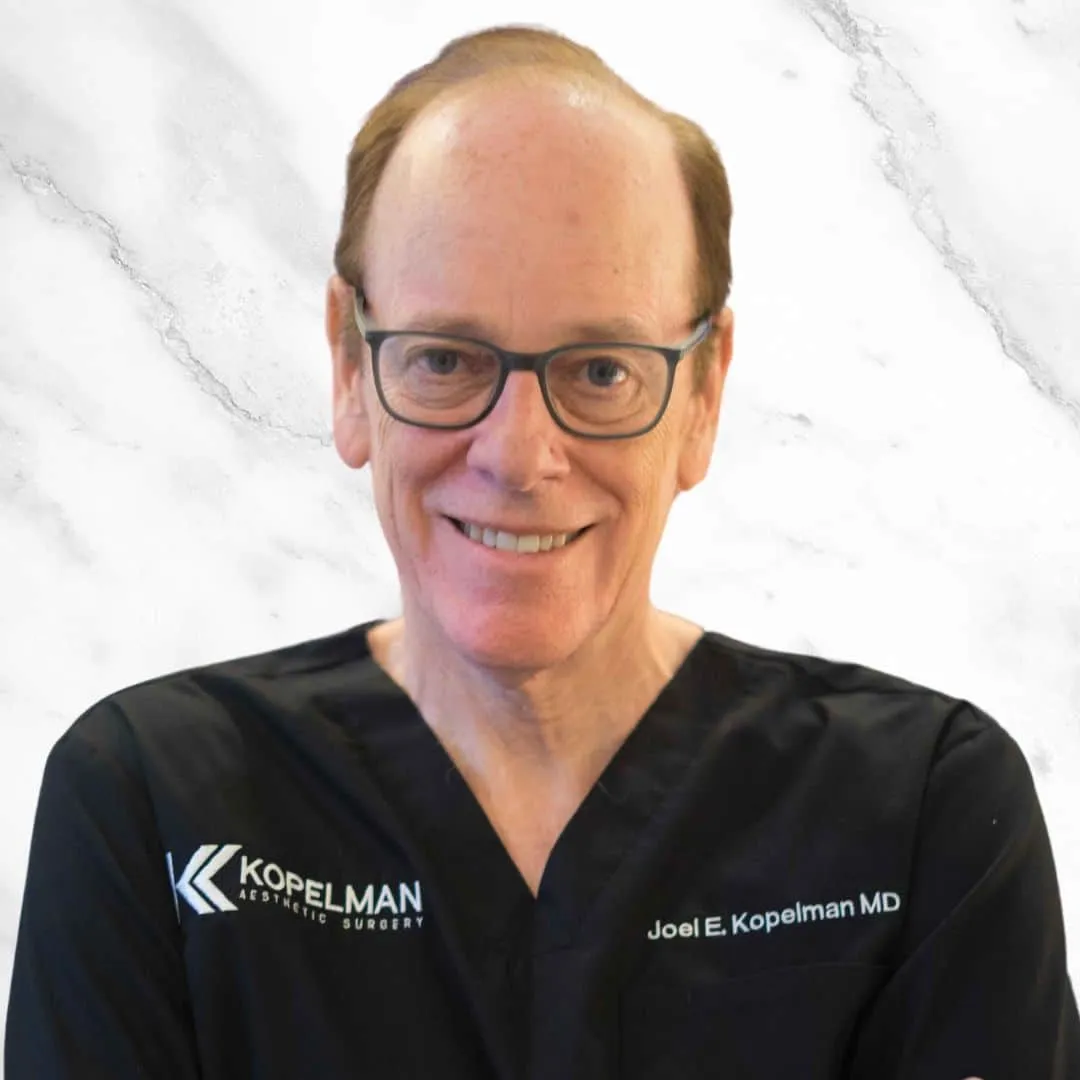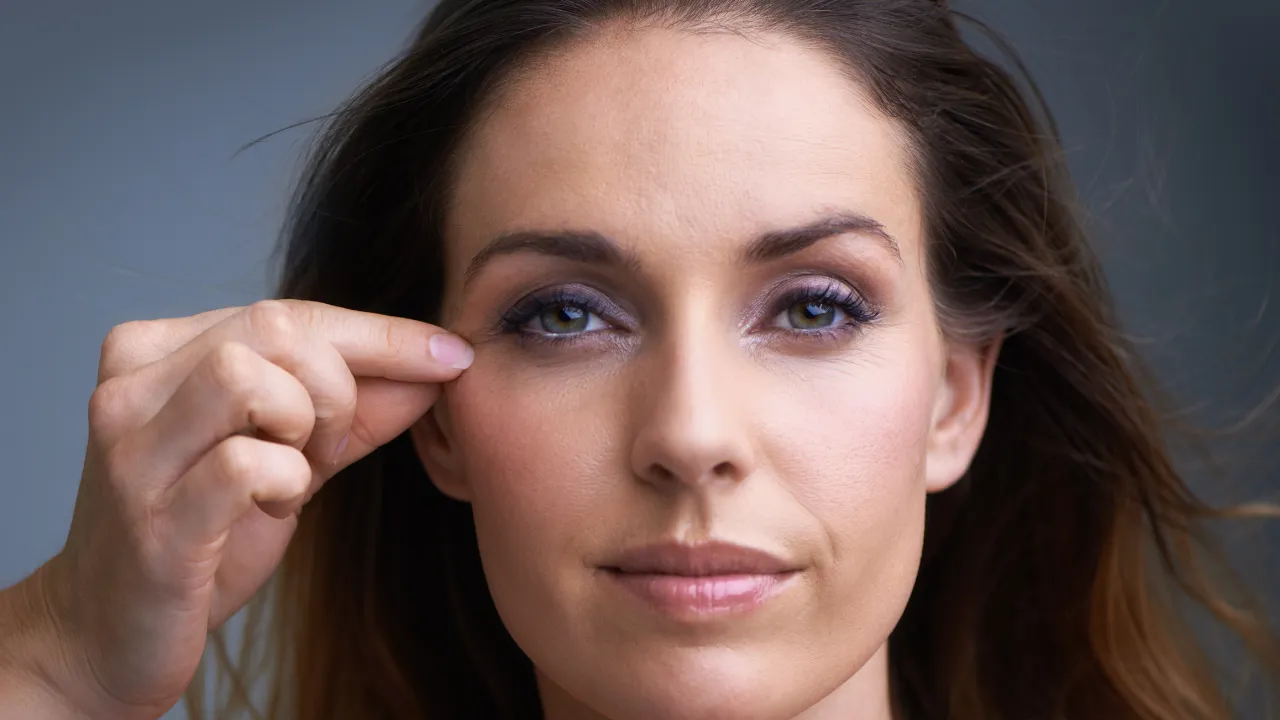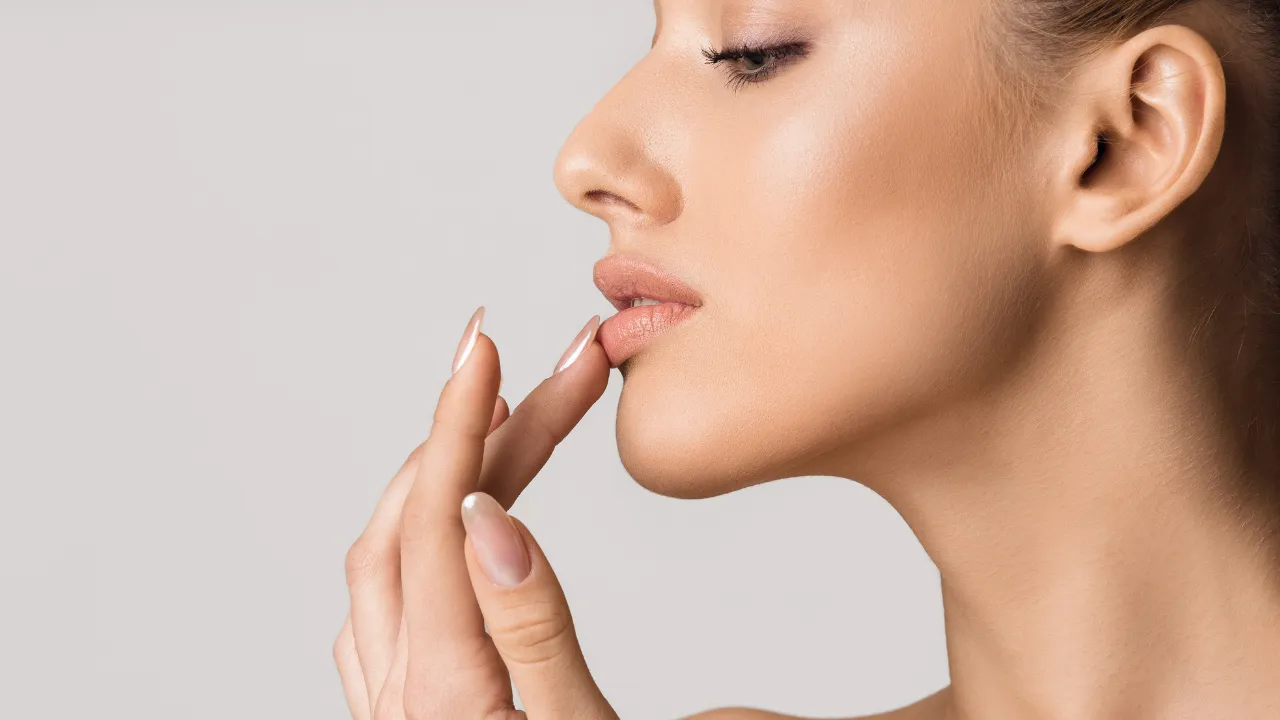At Kopelman Aesthetic Surgery in New York City, Dr. Joel Kopelman brings over 35 years of experience in facial plastic and oculoplastic surgery. A thin eyelid refers to the skin of the eyelid that is delicate or lacking volume, affecting both appearance and function.
In this article, we’re going to explain the causes, treatments, and prevention tips for thin eyelids, while ensuring the information is accurate, medically reviewed, and easy to follow.
Key Takeaways
- Thin eyelids occur when the skin, muscle, or fat loses volume or structure, often due to aging, genetics, or health conditions.
- Thin skin may look translucent as reduced fat and pigment reveal blood vessels.
- Options include skincare, fillers, and thin eyelid tape, with surgical solutions such as blepharoplasty or fat grafting for lasting change.
- Preventive steps like sun protection and good nutrition help slow further thinning.
Table of Contents
ToggleCauses of Thin Eyelid Skin
Eyelid Anatomy and Thickness Factors
The eyelid has three main layers: skin, muscle, and connective tissue called the tarsal plate. Beneath these are fat pads for cushioning, while the levator muscle lifts the upper eyelid.
Meibomian glands keep the eye’s surface moist, and the eyelid structure protects your eye from dust, wind, and injury. Weakness or loss of any layer changes eyelid thickness.
Anatomy and Skin Layers
The eyelid has the thinnest skin on the body, allowing movement but making it prone to visible changes. Thin eyelid skin often has fewer oil glands and less pigment, so blood vessels are more visible, especially in fair skin.
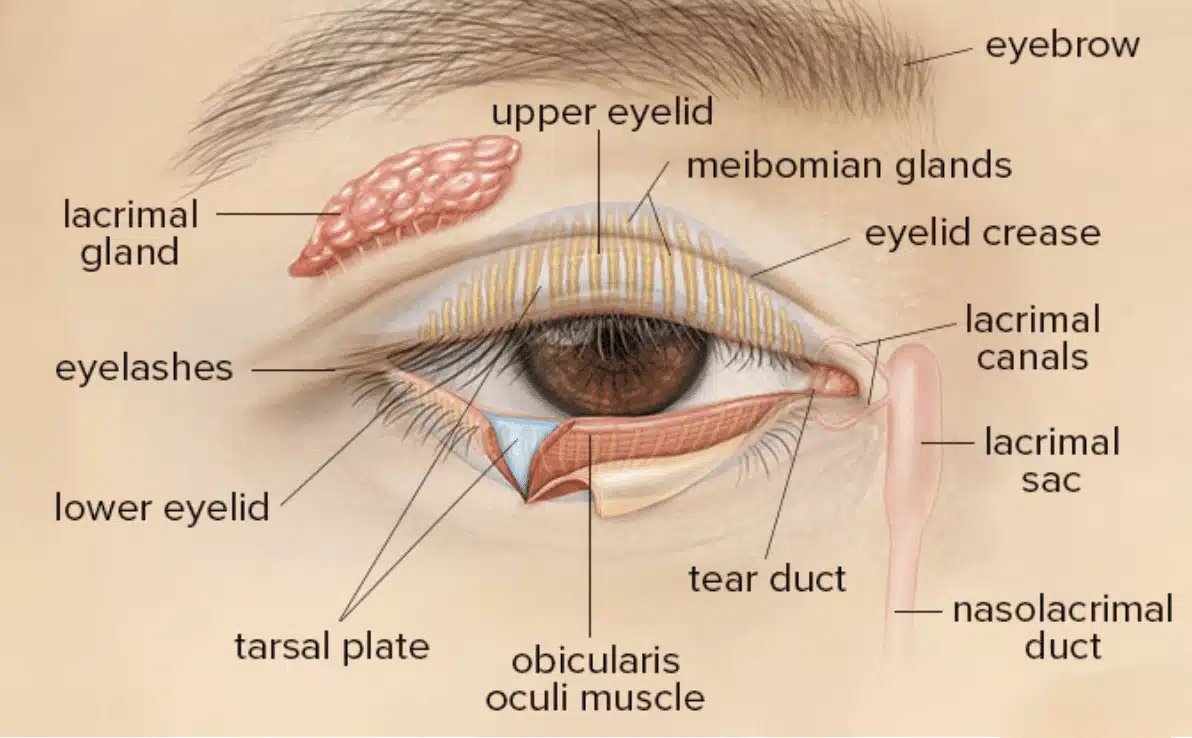
Aging and Volume Loss
Aging reduces collagen, muscle tone, and fat pads, making eyelids fragile. These changes, along with excess skin, are common signs of aging.
Genetics and Ethnic Variations
Some people naturally have thin eyelids. Features like double eyelids or an epicanthal fold influence crease shape and skin thickness.
Thin Eyelid Syndrome
This condition involves significant tissue loss, sometimes from trauma or illness.
Dr. Kopelman explains: “We first identify whether thinning is from aging, genetics, or a medical cause. This shapes whether we use non-surgical care or surgery, always aiming for natural results.”
Risk Factors and Prevention
Sun exposure, smoking, poor diet, and rubbing the eyes speed up thinning. Thin eyelids may also spread tears less evenly, causing dryness.
Prevention tips:
- Use sunscreen daily, even on eyelids.
- Wear sunglasses outdoors.
- Eat foods rich in vitamins C and E.
- Avoid rubbing the eyelids.
Appearance and Functional Impact
Thin eyelids may change the crease, making it more pronounced or irregular. Reduced elasticity can make makeup harder to apply. Functionally, less protection can lead to dryness and irritation.
Why Some Eyelids Look Translucent
Translucency comes from thin skin, low pigment, and less fat under the surface. Aging can make this more noticeable.
Non-Surgical Thin Eyelid Treatment
Skincare and Sun Protection
Sunscreen slows thinning. Products with retinoids or peptides can improve firmness.
Thin Eyelid Skin Treatment with Topicals and Fillers
Creams hydrate and smooth, while fillers can restore volume to the upper and lower eyelids. Some try home remedies like gentle massage and hydration, though results vary.
Thin Eyelid Tape for Temporary Lift
This creates an instant crease but is cosmetic only.
Surgical Thin Eyelid Treatment
Blepharoplasty
This eyelid surgery can tighten skin, reposition fat, and remove excess tissue for a better contour.
Fat Grafting and Tissue Support
Fat from another body area can restore fullness and strengthen thin eyelids.
Recovery After Treatment
Swelling and bruising are common for one to two weeks. Following aftercare is essential.
When to See a Specialist
Choosing a Qualified Surgeon
Select a board-certified surgeon skilled in cosmetic and functional eyelid work. Dr. Kopelman’s oculoplastic training ensures safety and precision.
Key Questions to Ask
-
1
Discuss results
-
2
Review potential risks
-
3
Understand recovery time
-
4
Explore all treatment options
If you are concerned about thin eyelids or considering treatment options, we invite you to schedule a consultation with Dr. Joel Kopelman at Kopelman Aesthetic Surgery. Together, we can create a plan tailored to your needs for both aesthetic improvement and long-term eye health.

